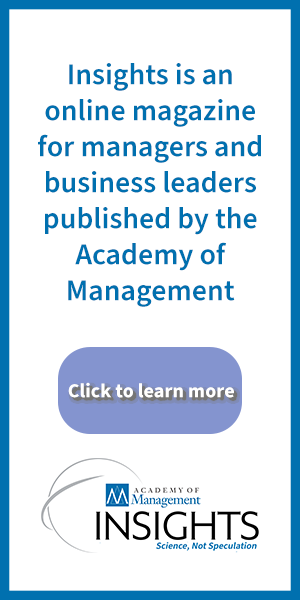Published on: July 8, 2025 at 3:54 pm
U.S. law governing health insurance and benefits administration has had an unintended consequence of encouraging insurers and third-party administrators (TPAs) to deny more claims and authorizations.
Academy of Management Scholar Jeffrey Pfeffer of Stanford University said that the remedies for harms caused by improper denials of doctor-recommended medical procedures or medication under the Employee Retirement Income Security Act (ERISA) are limited to recovering money.
“If an insurer denies you access to care and you die or are permanently injured by this denial, its only recourse is to recover for the actual money that it should have paid,” Pfeffer said. “Because of the limited remedies, the base case is denial, and so many prior authorizations and many claims are denied by health insurers or TPAs.
“It turns out that if you appeal, in about 60% of the cases, the appeal is actually going to be successful; the problem is, only about 10% or, depending upon the study that you look at, 20% but not very many people ever appeal,” he said. “When you get a notice that says, ‘This medicine has been denied’ or ‘This procedure has been denied,’ it’s required by law to send you a long form in several languages that tells you what you can do to appeal.
“Only about 10% of people appeal,” he said, “but if you do appeal, you will, in fact, have a good chance to be successful.”
The appeals process is complicated, discouraging many people with legitimate claims that were denied from appealing. In addition, poor and working-class people may be less likely to have the time to appeal.
“Health insurance executives say to themselves, ‘Who’s likely to appeal? ’Who’s likely to appeal are people who have time and who have the social capital and resources to appeal, so this mass denial of claims and denial of authorization adversely affects less educated, less wealthy people and underrepresented minorities,” Pfeffer said.
“This is one of the reasons why the U.S. healthcare system has such enormously unequal outcomes, because your access depends upon your social capital and your time and willingness to fight with these insurance companies,” he said.












